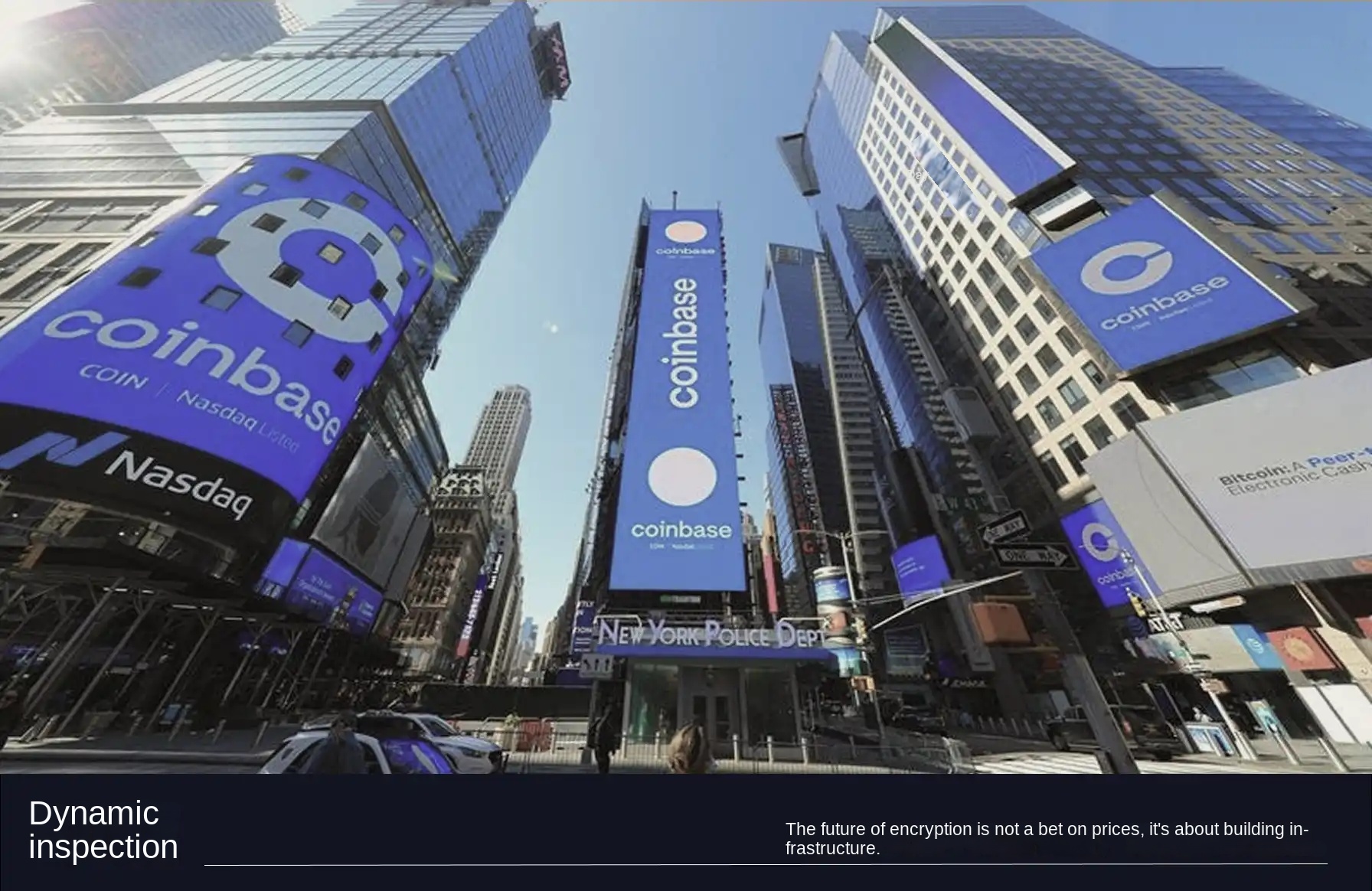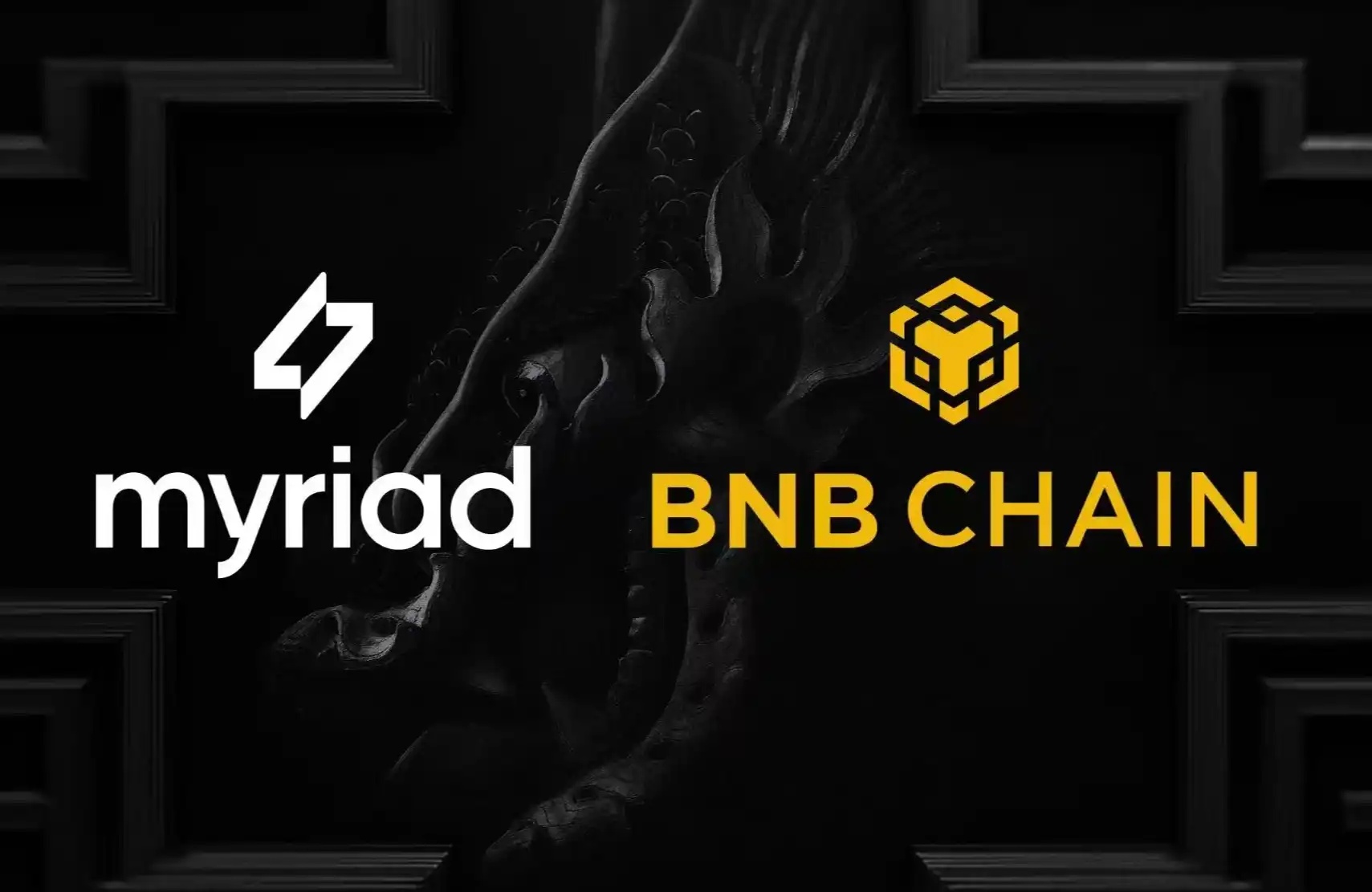Interview with the Founder of OVERTAKE: How to Reshape True Ownership of In-Game Assets?
After the hype and bubble of the Play-to-Earn track, the teams left at the table must answer a crucial question: how to build a sustainable business model that can handle real transactional demand and operate long-term. The story of OVERTAKE emerges from this background: it does not rely on token incentives to "recruit users" or on concept stacking to generate hype; instead, it firmly moves the existing game asset transaction demand, validated in the Web2 market, to the blockchain.
Founder SH was once deeply immersed as a hardcore player in competitive gaming, and has also worked at a top consulting firm developing growth strategies for tech giants. Today, he leads a team of engineers and designers, aiming to rebuild the relationship between players and digital assets using on-chain ownership, smart custody, and a seamless product experience. In this industry migration from PvP to PvE, OVERTAKE aims not to be a fleeting winner but to be the fundamental infrastructure of the future on-chain gaming industry.
From Hardcore Gamer to Entrepreneurial Captain: The Birth of OVERTAKE
BlockBeats: Many people are unaware of your background. Could you first talk about your transition from a "hardcore gamer" to a Web3 entrepreneur?
SH: I have been a hardcore gamer since I was young, battling day and night on the ladders of StarCraft, Raid, and World of Warcraft. After graduating from business school in Rotterdam, I joined a Boston consulting firm, providing growth strategy advice to tech companies. In job after job, I kept seeing one problem — the digital value created in games had almost no connection to the real-world distribution and settlement system.
One prominent example is that large-scale player-to-player trades have long existed, but true ownership and transparency are lacking, leading players to bear significant risks and inefficiencies in transactions. In 2023, I assembled a small team of engineers and designers and tried to address this issue — enabling players to fully own and freely trade the value they create. This idea eventually gave birth to OVERTAKE and was inscribed in our vision and mission.

BlockBeats: Why is "true ownership of digital items" a proposition worth betting on in this era?
SH: In my view, this is not merely a trend in some niche subculture but a generational shift concerning digital fundamental rights. The secondary market for digital goods already circulates billions of dollars annually, with the game sector alone estimated at around $550 billion. However, most of this value still flows through fragmented, opaque, and unofficial channels.
When on-chain ownership is combined with smart custodianship mechanisms, the three key issues of trust, speed, and liquidity can be addressed simultaneously. This not only changes the player's identity—they are no longer just "users" but actual economic owners, which we refer to as a "player-driven economy."
How to Build a Web3 Product That Doesn't Look Like Web3?
BlockBeats: If you were to explain in one sentence what OVERTAKE is, what would you say?
SH: OVERTAKE is a peer-to-peer trading market based on Sui, providing secure asset transactions through smart contract custody.
BlockBeats: OVERTAKE wasn't initially a trading platform but started from game issuance. What made you decisively shift towards market infrastructure development?
SH: We initially attempted a combination of "game issuance + trading market" model. However, early Web3 games often attracted profit-driven bounty hunters rather than long-term players, leading to high user churn rates. We realized that providing suitable infrastructure to meet existing and validated peer-to-peer trading demand would be a more sustainable path.
As a result, we rebuilt the backend system—encompassing smart custodianship, wallets, settlement, and risk management—and focused our efforts on the core trading experience. This shift aligns closely with our vision of building infrastructure around real user behavior.
BlockBeats: ItemBay and ItemMania have been very successful in the Web2 virtual item trading arena. What prompted you to move this mechanism to the blockchain?
SH: South Korea's Web2 peer-to-peer trading model has already been validated in terms of scale, user habits, and trust. By combining it with the transparency and programmable settlement of blockchain, we can structurally reduce costs, accelerate settlement speeds, and decrease fraudulent activities.
In other words, the user experience remains familiar on the surface, but in the underlying operations, it becomes more secure, efficient, and cost-effective.
BlockBeats: What are the "decentralized-first" designs in OVERTAKE's current product architecture? How do they help users transition naturally to Web3?
SH: Our goal is to achieve a kind of "quiet decentralization":
1. Seamless Access: Starting from logging in with an email or social account (zkLogin) → the platform automatically generates a wallet in the background and sponsors Gas fees.
2. Smart Custody: Assets are locked and released by smart contracts, with transparent logs and no need for manual intervention.
3. Progressive On-chain: Incrementally adding tokenization, validation, custody, and other functions in a modular manner without disrupting the user experience.
This way, Web2 users can enjoy all the benefits of Web3—ownership, portability, and security—with almost no friction, feeling no resistance to usage.

BlockBeats: Many Web3 projects rely on "token incentives" for user growth, while you were able to run transactions smoothly in closed tests without issuing tokens. How did you achieve this?
SH: In our closed tests without any token incentives, we validated the three core pillars: speed, low fees, and trustworthiness. Transactions can settle instantly (e.g., a seller can immediately receive USDC after the transaction is completed), fees are significantly lower than typical Web2 marketplace platforms, and through smart custodianship and a reputation mechanism, fraud risk is minimized. The results were very clear—users engage in transactions for utility and experience, not rewards.
BlockBeats: OVERTAKE has introduced several product features to "reduce friction," such as automatic wallet generation and support for purchasing game skins with a credit card. What is the product philosophy behind these designs? How does your TakeShop store model align with this vision?
SH: Our philosophy is to provide sellers with a secure on-chain store under their control while maintaining their original transaction methods. Through TakeShop, anyone can launch a code-free store in minutes, share the store link through any channel, and receive instant payments through familiar payment methods—while the wallet and Gas fees are automatically handled in the background. This is the "frictionless" Web3 experience: users can enjoy the benefits of Web3 without feeling cumbersome or burdensome.
BlockBeats: Currently, your core focus is on on-chain trading of in-game items. However, this market has drawn regulatory attention multiple times due to fraud, money laundering, and other issues (including Steam banning skin trading arbitrage). Are you concerned that the platform may face increased compliance costs due to real ownership requirements?
SH: We are very aware of the risks involved—this is why, from day one, we have integrated compliance mechanisms into our design:
1. Built-in KYC, transaction monitoring, and sanctions list screening in the process.
2. Transaction flows based on smart custody, allowing full traceability from asset lock-up to settlement.
3. Implementation of cooling-off periods, limits, and audit rules based on different games and regions to prevent abuse.
While true ownership may increase regulatory requirements, leveraging transparent records and programmable controls actually helps us reduce risks.
Can PvE Truly Open the Door to Web3 Commercialization?
BlockBeats: You have mentioned that Web3 is shifting from PvP to PvE. How do you define the "PvE mode"? What is the role of OVERTAKE?
SH: In our definition, PvP involves recycling value within the same closed user pool, essentially a zero-sum game of liquidity; whereas PvE involves introducing new users and capital through open-ended value creation from the external world.
Stablecoins, RWAs (Real-World Assets), and embedded cryptographic primitives have shown how real-world problems can drive adoption. OVERTAKE is an application aligned with the PvE path—it embeds on-chain ownership and custodial mechanisms into existing game transactional needs, thereby introducing new value and users.
BlockBeats: OVERTAKE's product roadmap includes an SDK kit, Protocol-as-a-Service, and other modular output paths. Does this mean you are more like an "on-chain Steam" rather than an "on-chain Axie"? Why choose this B2B-focused path?
SH: That's correct. We have demonstrated that the market can generate healthy transaction activity without relying on initial token incentives—liquidity, trust, and low fees can themselves drive real usage demand. Our token will be built on this foundation, linking rewards directly to transactional activity and redistributing a portion of platform revenue back to the community. Its design focus is on practicality, covering governance, fee discounts, and transaction-based incentives—ensuring that growth always aligns with the ecosystem's long-term health, rather than chasing short-term speculation.

BlockBeats: Bringing Mature Web2 Demand onto the Chain—You are not asking players to "migrate to Web3," but to bring existing Web2 in-game asset markets onto the chain while maintaining the familiar frontend experience. Why is this the right path? What does it mean for players and game studios?
SH: Embrace the practical, not the jargon. Most transactions already happen in a Web2 setting; we're just putting it on a better "track."
For players, there's no need to learn anything new: pay in a familiar way, settle transactions instantly, enjoy lower fees, and verifiable ownership—wallets and gas are handled in the background automatically.
For game studios, our SDK/protocol can provide verified items, programmable royalties, and compliance tools, unlocking new revenue streams while retaining control.
Blockchain is just an implementation detail here, bringing security, auditability, and interoperability to users' existing behaviors.
BlockBeats: OVERTAKE emphasizes strategic cooperation with Sui. How does this make you the flagship project for gaming and on-chain commerce?
SH: Sui's high-performance, object-based architecture enables fast, low-cost microtransactions and true asset ownership. Coupled with Slush Wallet and zkLogin, players can log in directly with social accounts and start immediately without complex wallet setups. This seamless experience allows Web2 players to almost unknowingly complete on-chain transactions. Our deep integration with Sui makes OVERTAKE the flagship project in its ecosystem, showcasing to the world how blockchain empowers mainstream gaming commerce.
Welcome to join the official BlockBeats community:
Telegram Subscription Group: https://t.me/theblockbeats
Telegram Discussion Group: https://t.me/BlockBeats_App
Official Twitter Account: https://twitter.com/BlockBeatsAsia


 Forum
Forum Finance
Finance
 Specials
Specials
 On-chain Eco
On-chain Eco
 Entry
Entry
 Podcasts
Podcasts
 Activities
Activities
 OPRR
OPRR







